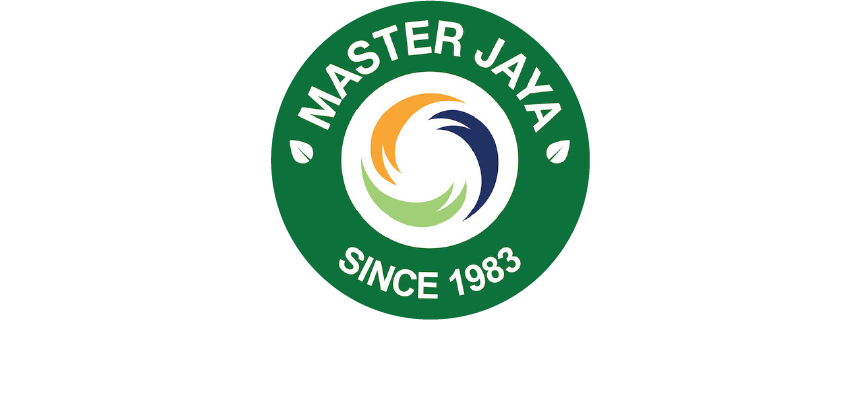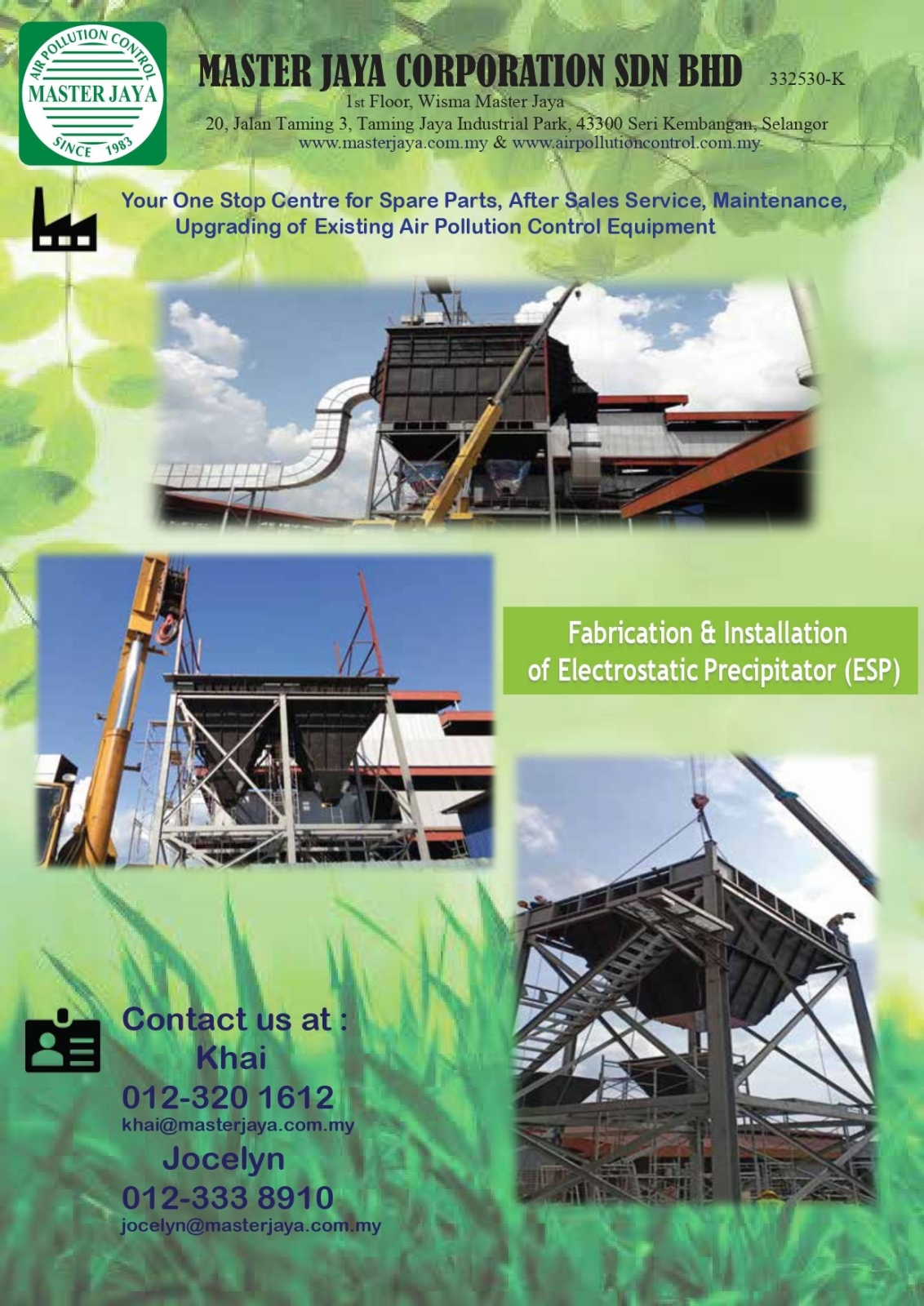














Master Jaya Corporation Sdn Bhd (332530-K)
Master Jaya Engineering Sdn Bhd (100276-H)
Master Jaya Environment Sdn Bhd (249885-T)
Master Jaya Greentech Sdn Bhd (830211-W)
Jaya Jaya Cleantech Sdn Bhd (1313104-D)
Master Jaya Environmental International Sdn Bhd (981313-V)
Master Jaya Engineering Pte Ltd, Singapore (201537132E)
Wisma Master Jaya, 20, Jalan Taming 3, Taming Jaya Industrial Park, 43300 Seri Kembangan, Selangor, Malaysia.


